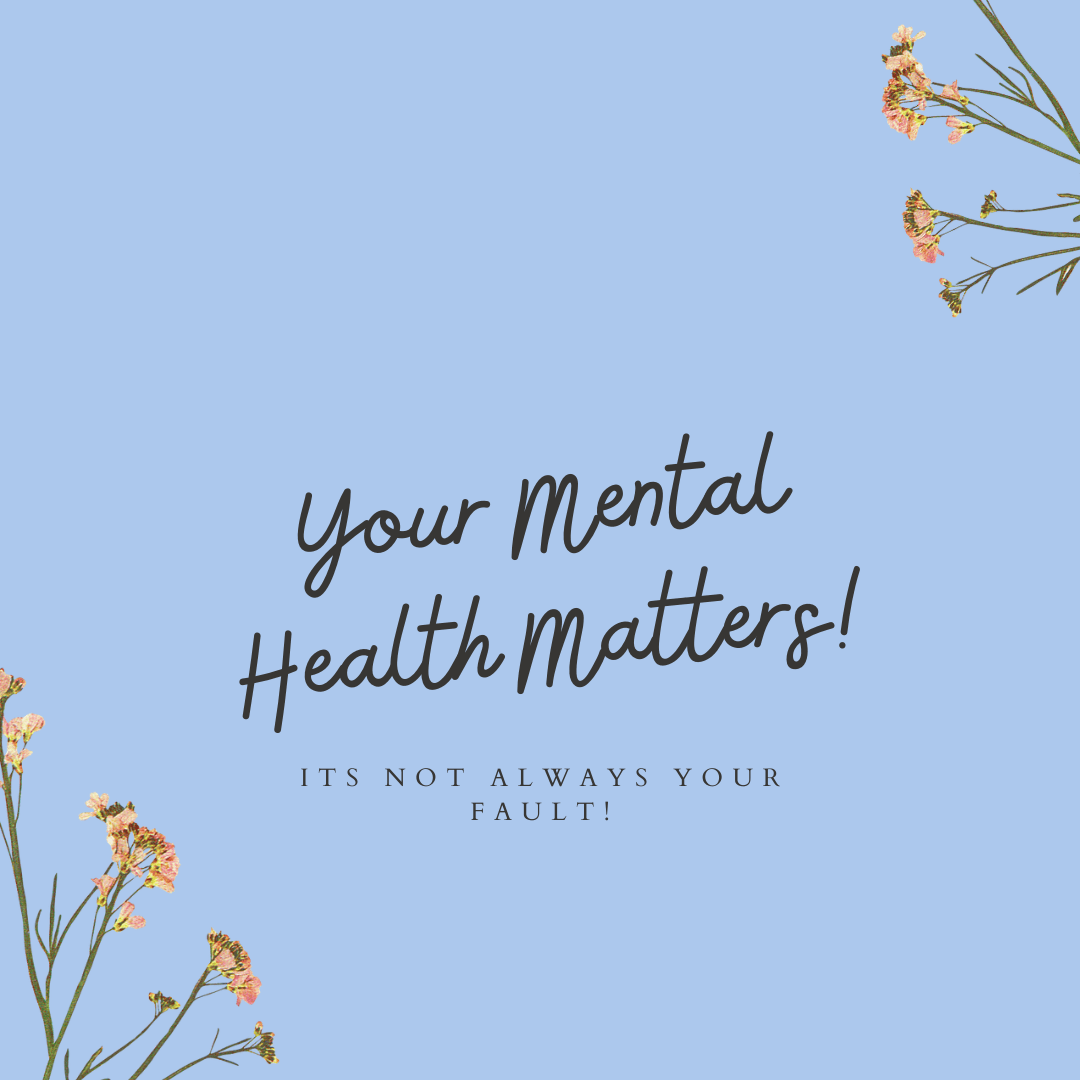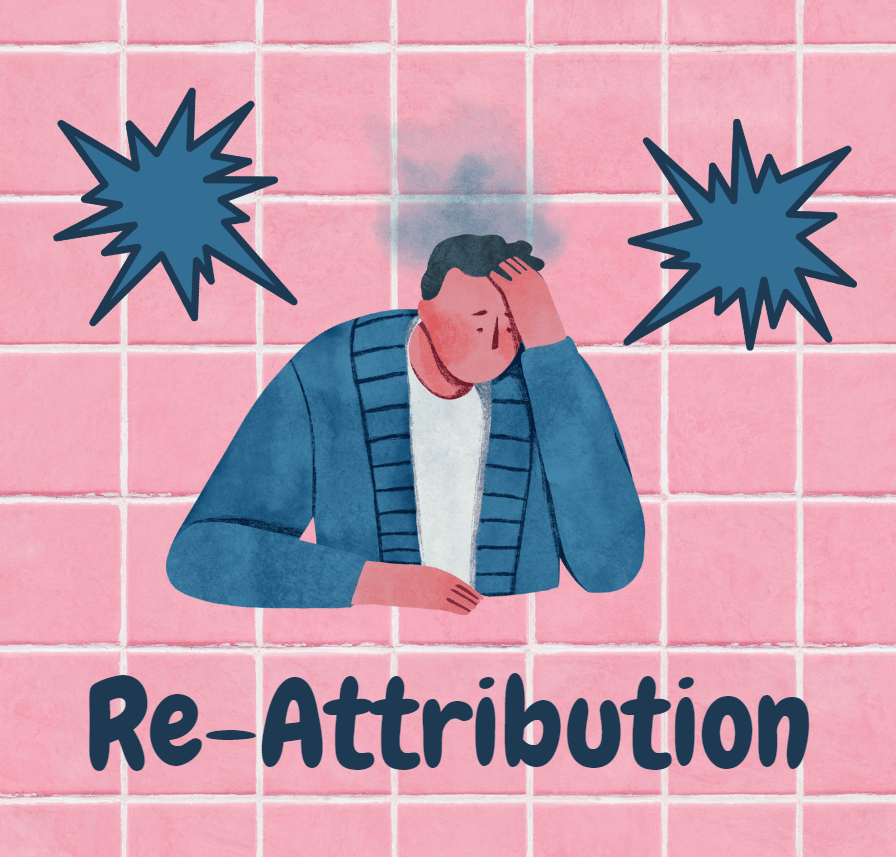
Mindbreeze
-Brought to you by High School Inc with CodeSpeak Labs-
- …
Mindbreeze
-Brought to you by High School Inc with CodeSpeak Labs-
- …


Try Our Character Chat Bots!
Have you ever wanted to talk to a fictional character about how to untwist your thinking?
Sometimes our thinking can get twisted, and we get stuck on thoughts that aren't actually true. These thought distortions make us interpret events in a negative way.
Most people experience thought distortions sometimes. But if they’re reinforced often enough, they can increase anxiety, depression, and cause difficulties in our lives. This twisted thinking can affect how we feel and how we act.
10 Ways To Untwist Your Thinking (sometimes called "Cognitive Distortions" / Thought Distortions)
1. Identify the Distortion: Writing down your negative thoughts to determine which current distortion you are currently relating to
2. Examine the Evidence: Identify the evidence and expanding on the things you've already succeeded
3. The Double-Standard Method: Talk to yourself in a same compassionate way that would for your family and friends
4. The Experimental Technique: Recognize your heart is stronger than you think
5. The Survey Method: Ask people questions to find out if your thoughts or attitudes are realistic
6. Define Terms: Finding out the definition of negative terms you relate to your mindset
7. The Semantic Method: Substitute 'should statements' with alternative language that is set up to be more helpful
8. Re-attribution: Realizing there are many more factors involved with your situation
9. Cost-Benefit Analysis: Listing advantages and disadvantages of negative thoughts
10. Thinking in Shades Of Grey: Labeling your issues in a spectrum from 1 - 100.When you're having negative thoughts like these, you can click on the picture to start talking to a character!
Define Terms
Reflect on how you mentally describe yourself in stressful and negative situations. Do often associate yourself with cynical and pessimistic terms when you do something wrong? Retract from that thinking and look back at what those words really mean. Let's talk to Megamind!
The Experimental Technique
Proving that your heart is healthy is a great way to make sure whatever nerves you're feeling can be overshadowed with other activities. Like if you’re scared of getting a heart attack during an episode of a panic, jog or run up and down the stairs. If you're a big Star Wars fan, try talking to Obi-Wan!
Examine the Evidence
Don’t assume your negative thought to be true right away! Instead examine the actual evidence for it. How about listing the several things you’ve done before? Let's talk to Shrek to see what he thinks about negative thoughts!
Cost-Benefit Analysis
This technique helps you lists the advantages and disadvantages of your negative feeling or behavioral pattern. It's a great reflection technique to realize what might be stirring you up. Let's chat with Wanda for a bit!
The Double Standard Method
They same way you would talk to a friend or family member is a compassionate and encouraging manner should be the same way you should talk to yourself. Let's see how Susan from Monsters vs Aliens would deal with this!
Re-attribution
Have you felt a problem is all your fault? All the weight on your shoulders putting you down? Take a step back from your problems and realize there are other external problems that can affect it; let's see what Dory says!
Try Our Choose your own Adventure Simulators
Do you ever find your mind stuck on a negative thought?
Sometimes our thinking can get twisted, and we get stuck on thoughts that aren't actually true. These thought distortions make us interpret events in a negative way.
Most people experience thought distortions sometimes. But if they’re reinforced often enough, they can increase anxiety, depression, and cause difficulties in our lives. This twisted thinking can affect how we feel and how we act.
10 Ways Thinking Gets Twisted (sometimes called "Cognitive Distortions" / Thought Distortions)
1. All or nothing thinking: Thinking in extremes or everything is good or bad, success or failure
2. Overgeneralizations: Thinking will "always" be this way or "never" happen just because of a bad experience
3. Mental filter: Focusing on the negative only,
4. Discounting the positives: Forgetting or invalidating good things that happen
5. Jumping to conclusions: Mind reading what others might be thinking or negative predictions of the future
6. Magnification (or Minimization): Exaggerating things into something bigger (or smaller) than it is
7. Emotional Reasoning: Thinking that a negative feeling in the moment is a fact
8. Should Statements: Getting stuck on what you "should" or must" be doing especially with unreasonable standards
9. Labeling: Reducing something to single characteristic
10. Personalization and Blame: Blaming yourself and ignoring that other people or circumstances could be to blameWhen you're having negative thoughts like these, these are strategies you can use to Untwist Your Thinking. Click on an image below to play.
Thinking in Shades of Grey
Although this method might sound drab, the effects can cause illumination. Instead of overthinking about your problems in all or nothing extremes, evaluate on a scale from 0 to 100. When things unfortunately don´t turn out the way you thought in your mind, think about the worst experience as a partial success than a total failure. See what you can learn from this experience.
Experimental Technique
Do you really think that negative thought of yours is true? Why don’t we test it out?! Like if you’re scared of getting a heart attack during an episode of a panic, jog or run up and down the stairs. If you can do it, that just proves that your heart is healthy and strong!
Examine the Evidence
Don’t assume your negative thought to be true right away! Instead examine the actual evidence for it. How about listing the several things you’ve done before?
Identify the Distortion
Write down your negative thoughts so you can see which of the ten cognitive distortions you're involved in. This will help you think better about the problem in a more mature and realistic way.
Want to go deeper?
You can read more about these Cognitive Behavioral Techniques from the source: David D. Burns' book Feeling Good: The New Mood Therapy, 1980.
MindBreeze © 2021












